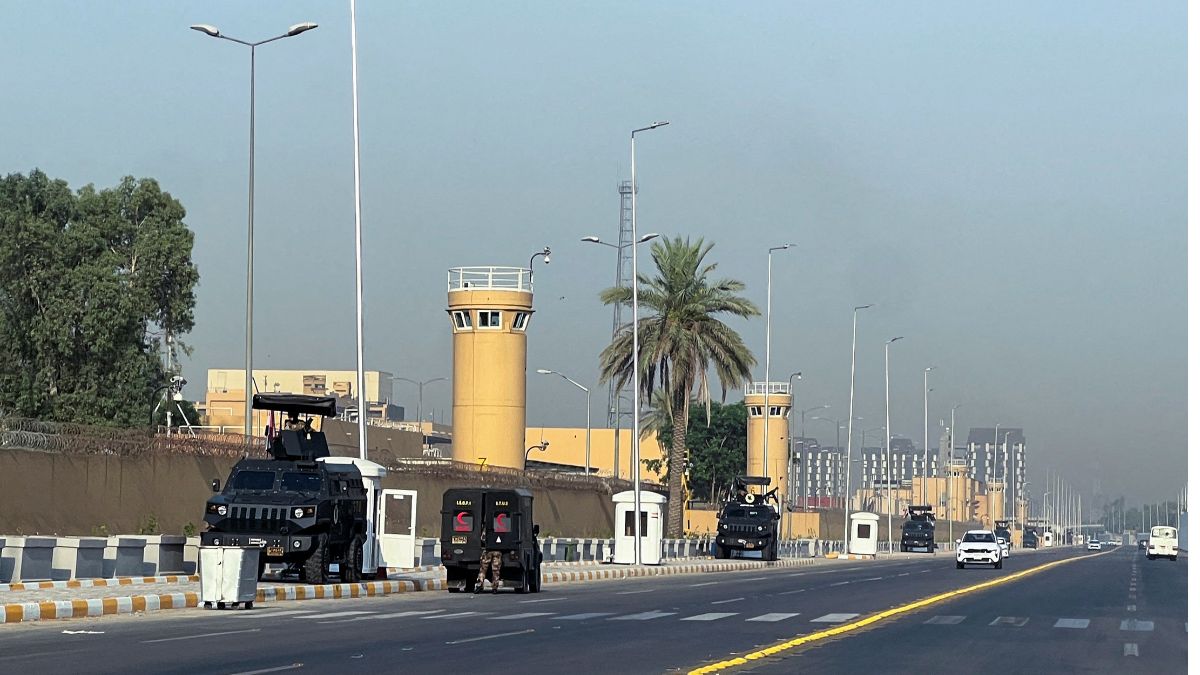Iraqi authorities have commenced excavation work at a suspected mass grave near the northern city of Mosul, believed to be one of the country’s largest burial sites linked to atrocities committed by the Islamic State group, officials said Sunday (August 17).
The site, known as Khasfa, is a yawning sinkhole situated just outside Mosul, where IS once declared the capital of its self-styled caliphate. The dig, which began on 10 August, marks the first phase of surface-level excavation, according to project head Ahmed al-Assadi.
An AFP correspondent at the scene described the discovery of human skulls poking through the sand: grim remnants of a chapter marked by terror and bloodshed.
“There are no exact figures,” Assadi said, referring to the number of victims. But a 2018 United Nations report identified Khasfa as likely Iraq’s largest mass grave from the IS era. Official estimates suggest that at least 4,000 bodies were dumped there — with the possibility of thousands more still buried beneath.
Assadi noted that those interred include soldiers executed by IS, local civilians, and members of the Yazidi religious minority — many of whom were systematically targeted by the jihadists.
Impact Shorts
More ShortsExcavation at the site has proved especially difficult due to the presence of sulphur-laced underground water, which has made the soil soft and unstable. This not only complicates digging but may also have eroded remains, making DNA identification harder, Assadi explained.
The chasm itself stretches approximately 150 metres deep and 110 metres across — a vast, ominous wound in the earth. Further studies are required before deeper exhumation can proceed, Assadi said.
In 2016 alone, IS fighters are believed to have executed as many as 280 people at Khasfa in a single day, many of them employees of Iraq’s interior ministry, in what officials described as “one of the worst massacres” carried out by the group.
Between 2014 and 2017, IS militants swept across large parts of Iraq and Syria, imposing their harsh interpretation of Islamic law and carrying out widespread killings, abductions and sexual violence.
The UN estimates that IS left behind more than 200 mass graves across Iraq, potentially containing up to 12,000 bodies.
Even as the country grapples with the legacy of IS brutality, Iraqi authorities continue to uncover mass graves from earlier periods including from the regime of Saddam Hussein, toppled in a 2003 US-led invasion.
With inputs from agencies


)

)
)
)
)
)
)
)
)



